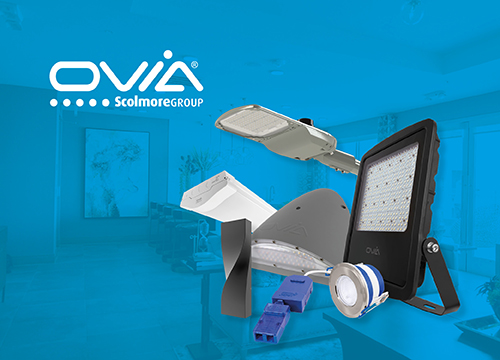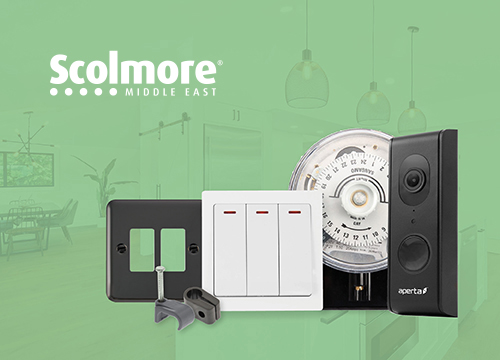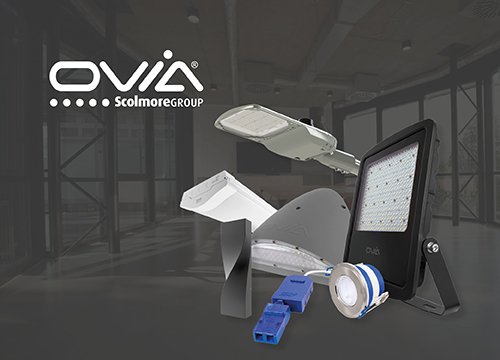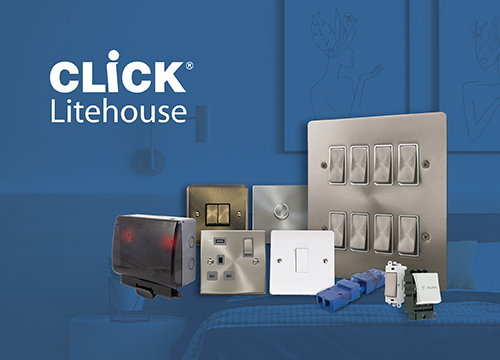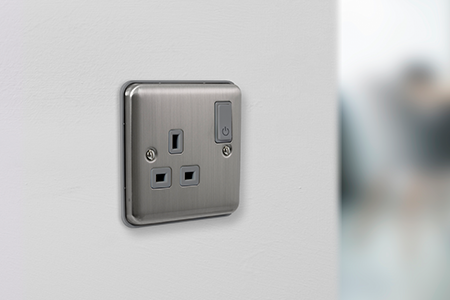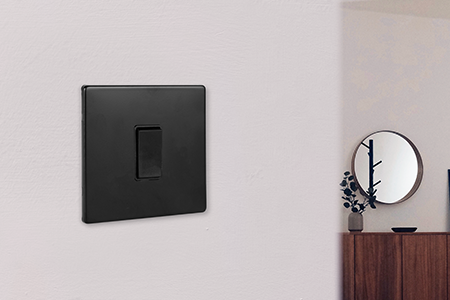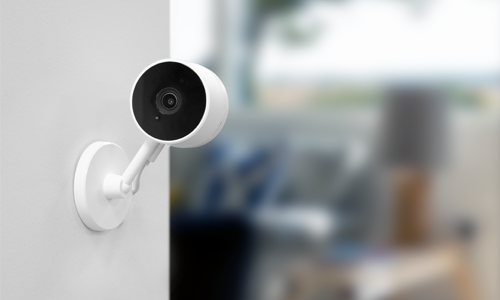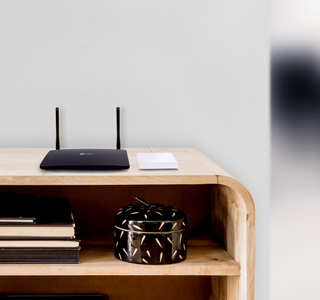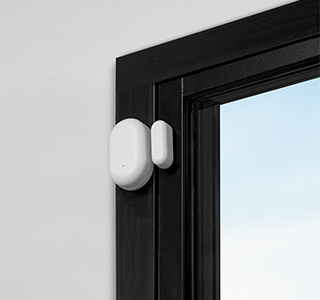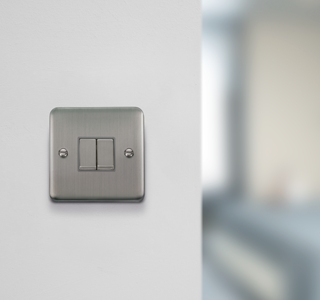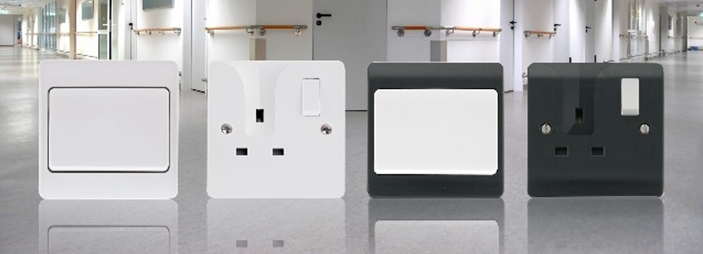
Building for a silver tomorrow
Marie Parry, group marketing director with Scolmore, highlights the role wholesalers can play in overcoming the barriers to adoption of smart technology among the elderly.
According to the Office for Budget Responsibility by 2065, 26% of the population of England and Wales will be more than 65 years old, increasing the cost of health and social care. While our increasing longevity is something to celebrate, the economic, social and political implications are very significant. As the population ages, the incidence of chronic disease is on the rise, in particular the prevalence of dementia. Dementia is one of the main causes of disability later in life, ahead of cancer, cardiovascular disease and stroke. The number of people with dementia in the UK is set to reach 2 million by 2051.
Because we are living longer, traditional arrangements for supporting those with the long-term health issues that come with age are unsustainable. The construction industry has a central role to play in how we cope with this pressing issue. For example, the way we design homes now and in the future will help people with different levels of mobility and capability to remain in their homes.
Current thinking is to integrate traditional building technologies with new and emerging smart technologies. There are enormous potential benefits from using mobile devices and services that operate seamlessly with home-based solutions, supporting users to manage conditions inside the home.
The appeal of smart home technology in assisted living is simple: elderly citizens, people with disabilities and other persons who are less able to live alone can be empowered by being given the tools to help them continue to live independently and safely. Rather than crossing a dark room to turn on a switch for example, automated technology can be set up to trigger the coming on of lights once there is motion detected in the space. Rather than fiddling with different controllers for heating, a centralised app on a smartphone or tablet can control the entire house at once.
A wireless door station allows a person to see who is at the door via a downloaded app, and let the visitor in if required, thus negating the need for an unnecessary and potentially perilous journey to the front door. If a person suffers from Alzheimer’s or dementia, alerts can even be sent to a phone if a window is left open overnight. In this way, people are given back the ability to do simple tasks that may have become unmanageable before. Smart home technology is even able to provide 24-hour non-invasive home monitoring, allowing the families of those needing assistance to be alerted if there is something amiss.
There is no shortage of products and services that can support independent and healthy living in old age. It is predicted that over 130 million smart homes devices were shipped in 2017, and by 2020 the average home will have more than 500 connected devices, ranging from washing machines to light bulbs. Yet uptake of such technology is often slower to materialise due to the actual or perceived costs.
A smart home does not require a complete home refurbishment project and it does not need to cost tens of thousands of pounds. With new products that are suitable for retrofitting and affordable solutions now on the market, smart home technology has become more accessible. The ability to easily adapt and update a home is being made more achievable due to the wireless control and automation products available. These enable the upgrade of an electrical installation to provide added security, energy saving, comfort and control for those in need of assisted living, without the need for intrusive and unwanted disturbance.
With more and more consumers switched on to the idea of adapting or future-proofing their homes to enable them to continue to live there independently in the long term, there is a growing opportunity for manufacturers to develop the products and solutions that will service this demand. Wholesalers can play a part by keeping up to date with the latest products and solutions available and take advantage of manufacturers’ expertise and training opportunities and then passing this knowledge on to their customers.
Article can be found on Page 25:https://content.yudu.com/web/69r/0A19ww8/EWAPR18/html/index.html?page=24&origin=reader

Enhanced features on new Scolmore Group website

SCOLMORE’S CLICK SMART RANGE JUST GOT SMARTER


